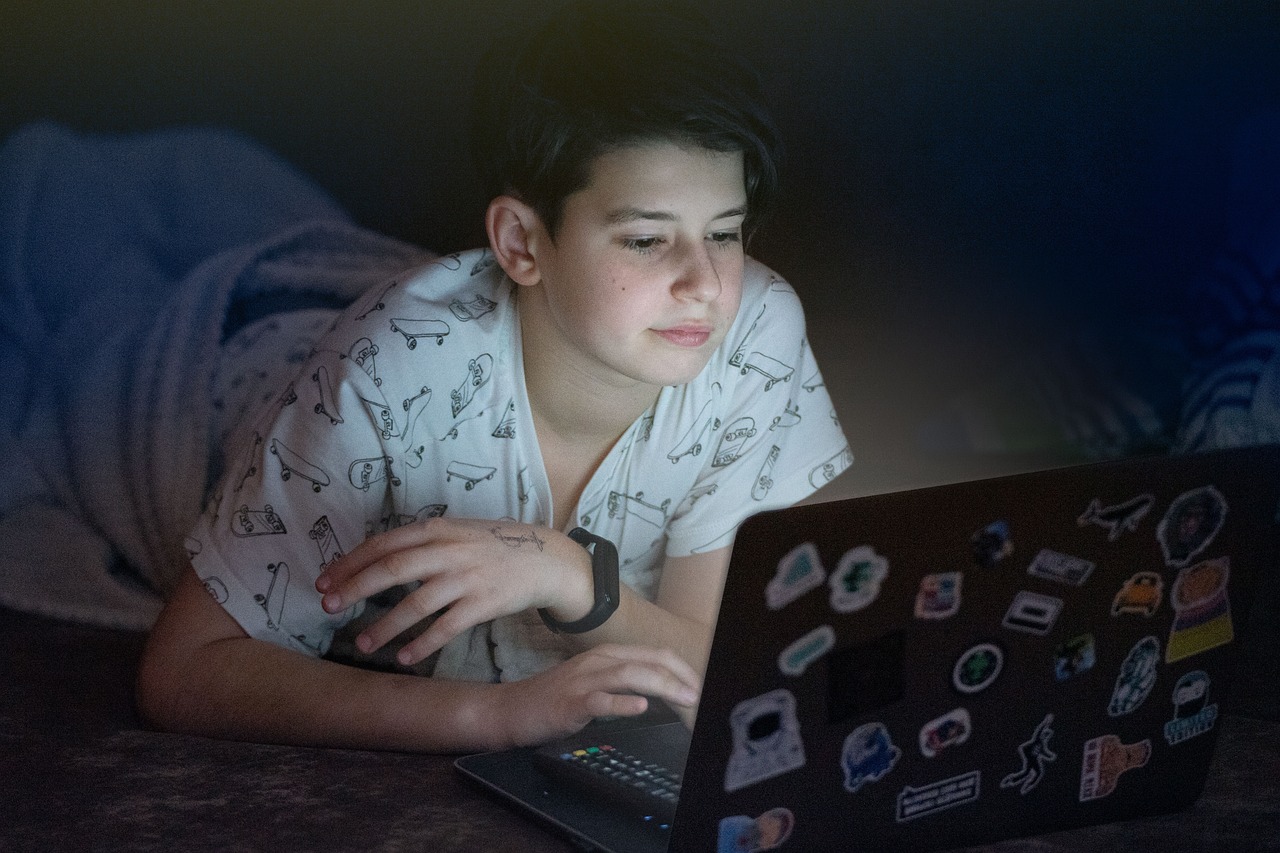Channel restrictions on YouTube are essential because they empower users to tailor their viewing experience according to their preferences or needs. For example, parents can use these tools to limit what children can see, ensuring their exposure to age-appropriate content only. In addition, viewers who wish to avoid offensive material can also implement these restrictions.
But how exactly do these channel restrictions work? The process is surprisingly simple and intuitive. Users have the capability to block specific channels from appearing in their feed by simply visiting the channel's page and selecting "block user." Once implemented, videos from that particular channel will no longer appear in your search results or recommended videos section.
While the concept of restricting access may seem straightforward, it becomes complex when applied on a global scale due to cultural differences and varying regulations across countries. For instance, some nations might enforce stringent policies regarding explicit content while others would adopt more lenient approaches.
However, there lies a challenge within this system – striking a balance between freedom of expression and maintaining a safe online environment for all users. While it's crucial for everyone’s voices to be heard on such an open platform like YouTube, it's equally important that these voices do not incite hatred or propagate misinformation.
Moreover, another potential drawback of channel restrictions is that they could inadvertently lead to censorship if misused by authorities seeking control over information dissemination. To prevent such abuse of power, it’s necessary for platforms like YouTube to maintain transparency about their restriction policies and processes.
In conclusion, while channel restrictions present potential issues related with freedom of speech and information censorship; they are undeniably vital in creating safer online spaces. They allow users to customize their viewing experiences while also protecting them from inappropriate or harmful content. As we continue to navigate the digital age, it is essential that platforms like YouTube continually refine and improve upon these restriction tools to ensure they are serving their purpose effectively without infringing upon personal freedoms.
The least probable words: revolutionized, influx, discretion, implemented, stringency, propagate, inadvertently, dissemination, undeniably.

Monitoring Activity: Monitoring Your Child's YouTube Activity
